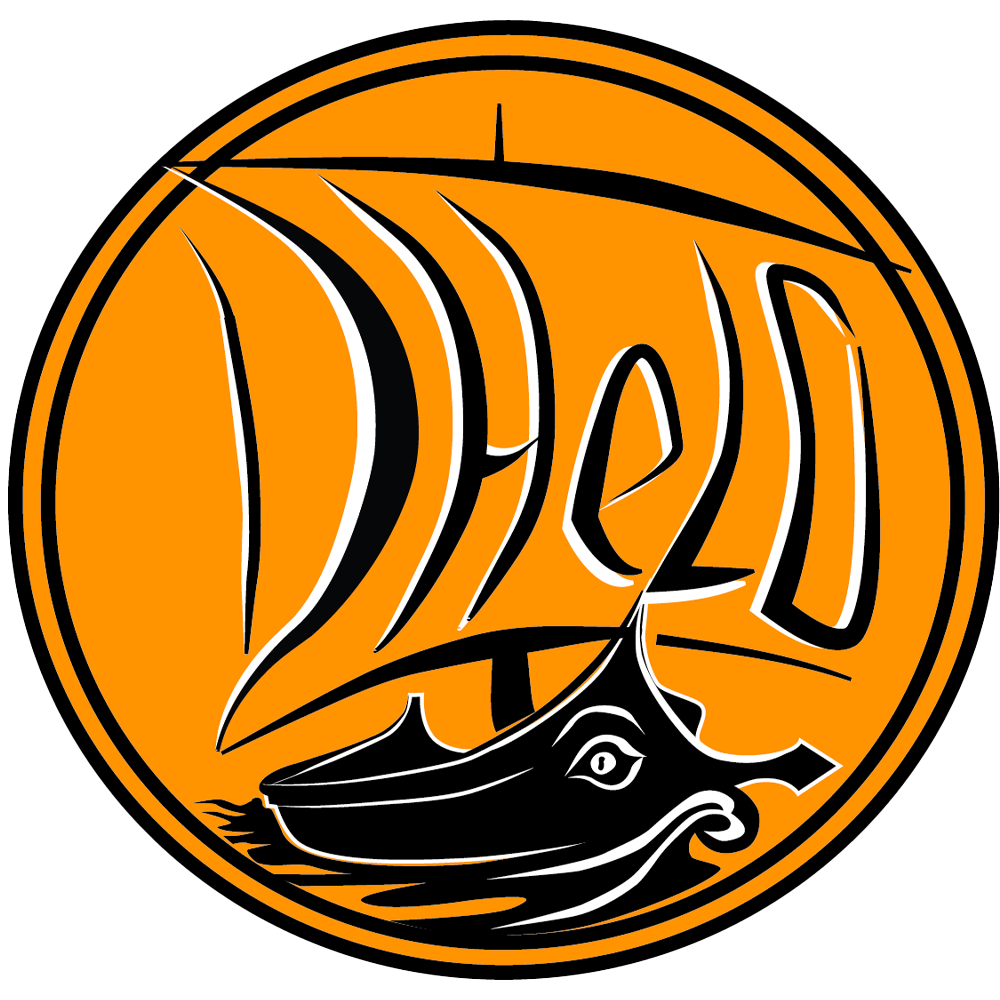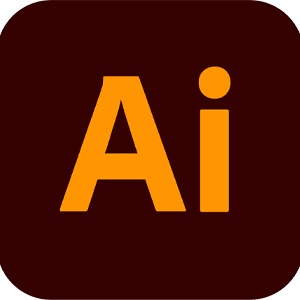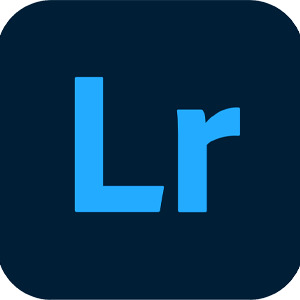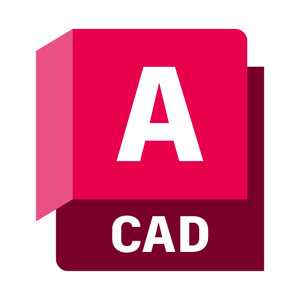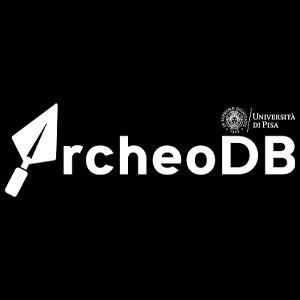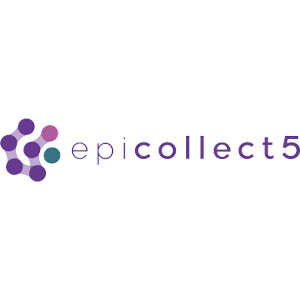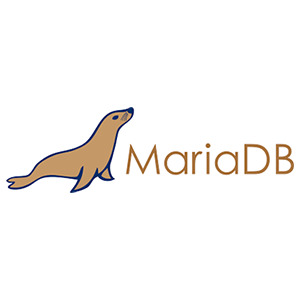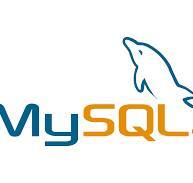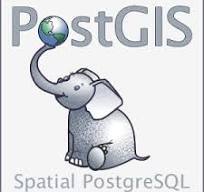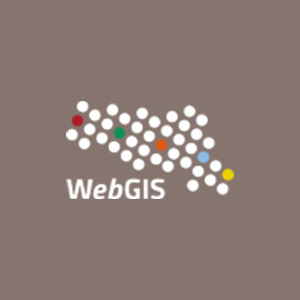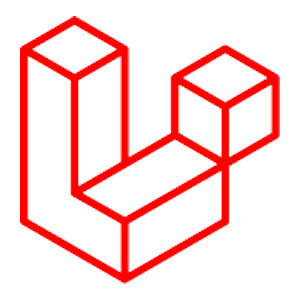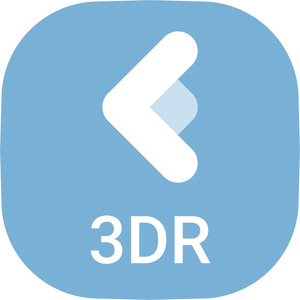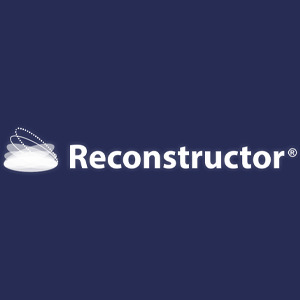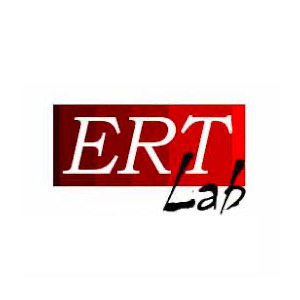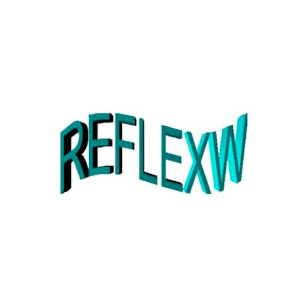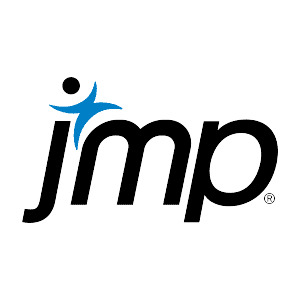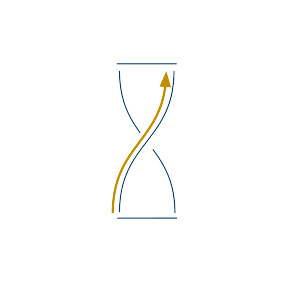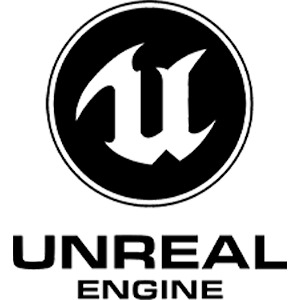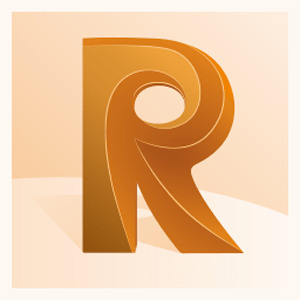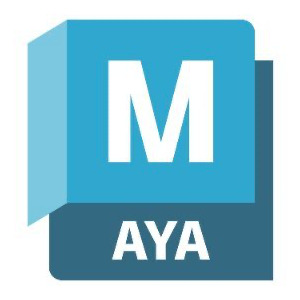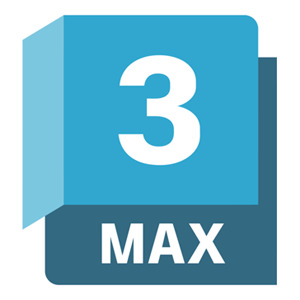Tools
This section provides access to a collection of software tools, including applications, plugins, and other digital resources relevant to cultural heritage and heritage science. Users can search for specific tools, browse them by software type, and explore which ones are the most used in each category. This structured approach helps researchers and professionals identify the most relevant digital solutions for their needs.
Computer Graphics

The Computer Graphics category includes software for vector-based drawing and design, widely used in cultural heritage documentation, architectural reconstruction, and visual communication. These tools enable precise technical drawing, digital illustration, and the creation of scalable vector graphics, essential for mapping, artifact reconstruction, and design work.
The software in this group ranges from industry-standard applications like AutoCAD and Adobe Illustrator to open-source alternatives such as Inkscape. Many of these tools support interoperability with GIS platforms, 3D modeling software, and digital archives, allowing seamless integration into heritage research workflows. Users can explore different options based on their needs, whether for technical drafting, artistic visualization, or detailed documentation of cultural artifacts.
Data Encoding & Metadata
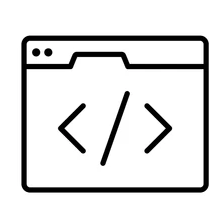
This category includes tools for structuring, encoding, and managing metadata in cultural heritage projects. These software solutions support standards like XML, RDF, and JSON-LD, ensuring data interoperability and semantic enrichment. They are essential for organizing, linking, and preserving digital resources.
Database
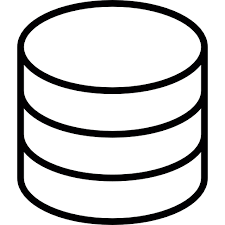
Database management tools enable the storage, retrieval, and organization of structured data, crucial for cultural heritage documentation and research. These systems range from relational databases like PostgreSQL to graph-based solutions, allowing flexible and efficient data handling.
GIS & Cartography
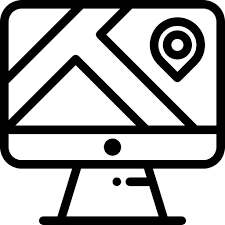
Geographic Information Systems (GIS) and cartographic tools play a crucial role in cultural heritage and heritage science, enabling the visualization, analysis, and management of spatial data. These software solutions allow users to map historical sites, study landscape transformations, and integrate diverse datasets with geographic coordinates. By leveraging GIS, researchers can perform spatial analysis, detect patterns, and gain new insights into the historical and cultural significance of places.
The tools in this category range from full-featured GIS platforms to specialized cartographic applications designed for heritage studies. Many of them support interoperability through open standards, allowing seamless integration with other datasets and digital resources.
Multimedia & Web Tools

This category includes software for creating, editing, and managing digital media, as well as tools for developing web-based heritage applications. From image processing and video editing to web publishing platforms, these tools facilitate digital storytelling and online dissemination of cultural heritage content. They help institutions and researchers create interactive experiences, making heritage more accessible to a broader audience.
Web tools also enable the development of interactive maps, virtual exhibitions, and multimedia repositories. Many platforms support open formats and APIs, allowing integration with other digital heritage tools. By leveraging multimedia and web technologies, cultural institutions can enhance engagement, education, and outreach.
Remote Sensing & Survey

Remote sensing and survey tools support the acquisition of spatial and environmental data from aerial, satellite, and terrestrial sources. These applications include LiDAR processing, photogrammetry, and geophysical survey techniques, which are essential for mapping archaeological sites, monitoring heritage structures, and analyzing landscape transformations over time.
With advancements in drone technology and high-resolution imaging, remote sensing has become an essential tool for non-invasive archaeological research. These tools allow researchers to detect buried structures, assess site conditions, and document cultural heritage assets with unprecedented accuracy, supporting both conservation and research efforts.
Artificial Intelligence
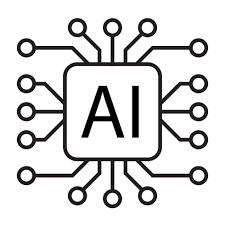
AI tools in cultural heritage enable automated analysis, pattern recognition, and data classification, significantly enhancing research efficiency. Machine learning algorithms can process vast amounts of textual, visual, and spatial data, identifying patterns and extracting meaningful insights that would be difficult to obtain manually. Applications range from automated text recognition (OCR) to deep-learning models for artifact classification.
Artificial intelligence is also increasingly used for predictive modeling, restoration simulations, and anomaly detection in heritage structures. By integrating AI with other digital heritage tools, researchers can accelerate data processing, enhance metadata generation, and improve the accessibility of historical resources.
Statistical Analysis & Data Visualization
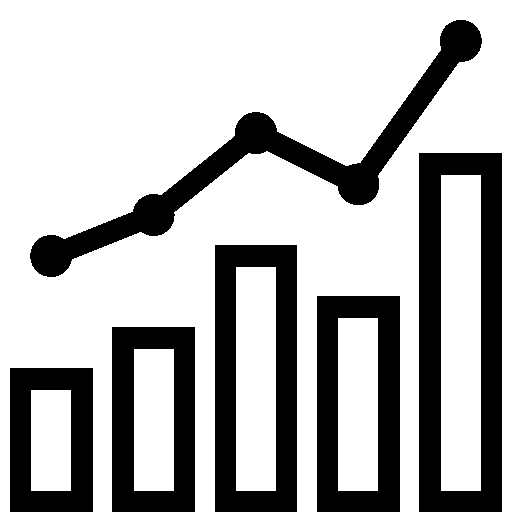
This category includes software for statistical computation, data modeling, and visual representation of cultural heritage data. Tools such as R, Python-based libraries (e.g., Pandas, Matplotlib, Seaborn), and specialized platforms enable researchers to analyze trends, correlations, and distributions within large datasets. Statistical methods help identify significant patterns in historical, archaeological, and conservation data.
Data visualization plays a crucial role in communicating findings effectively. Interactive charts, network graphs, and geospatial visualizations provide intuitive ways to explore and interpret complex relationships. By transforming raw data into meaningful visual formats, these tools facilitate better decision-making and storytelling in cultural heritage research.
Virtual Reality & 3D Modeling

VR and 3D modeling tools facilitate the reconstruction and visualization of cultural heritage artifacts and environments. Software like Blender, Unity, and Unreal Engine allows researchers to create immersive digital experiences, enabling users to explore reconstructed historical sites or artifacts in a virtual space. These technologies are increasingly used in education, museum exhibitions, and digital preservation projects.
Beyond virtual environments, 3D modeling plays a key role in documenting heritage assets with high precision. Techniques like photogrammetry and laser scanning allow for the creation of detailed digital replicas, supporting conservation efforts and remote accessibility. By integrating VR and 3D modeling with other digital heritage tools, researchers can enhance the study and presentation of cultural heritage.
